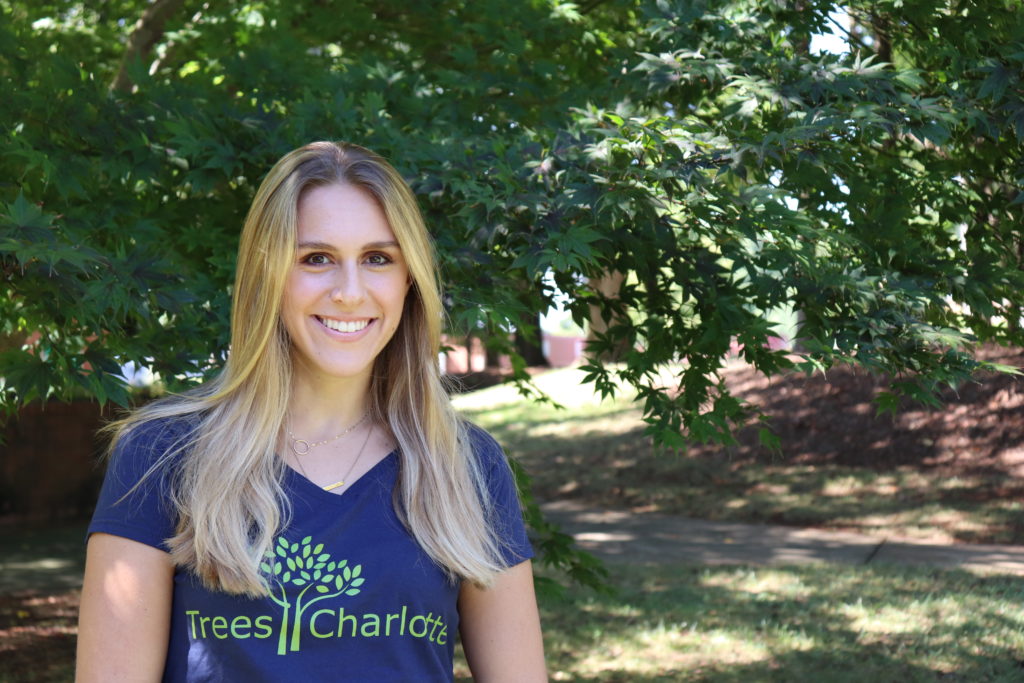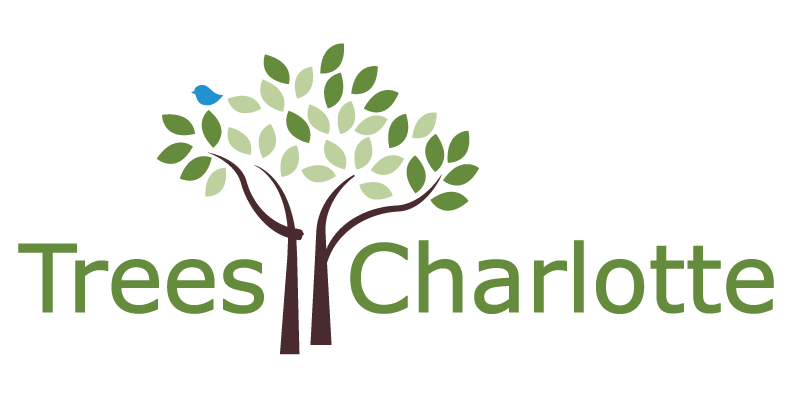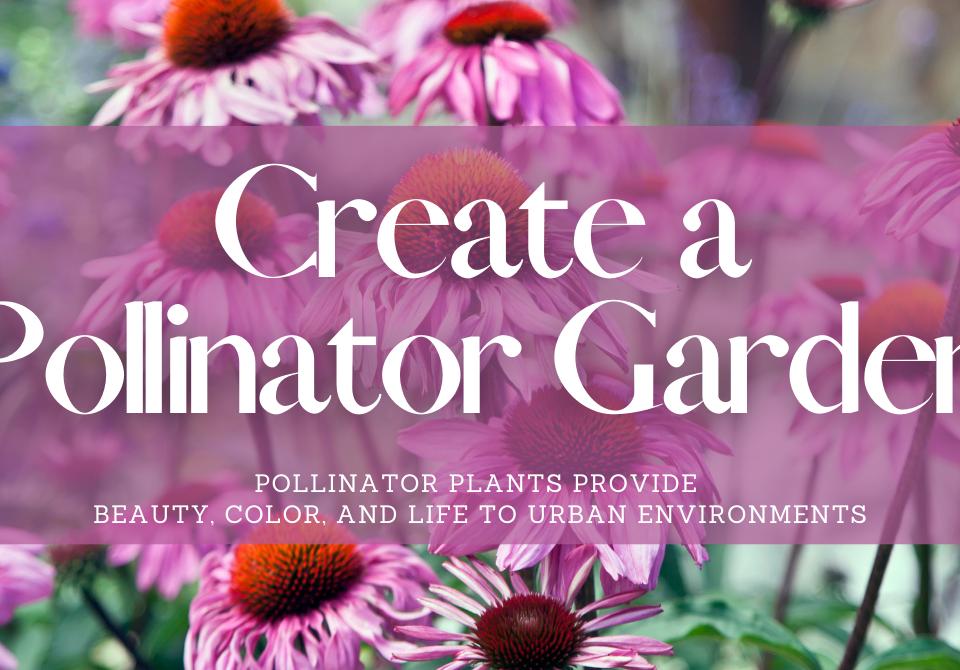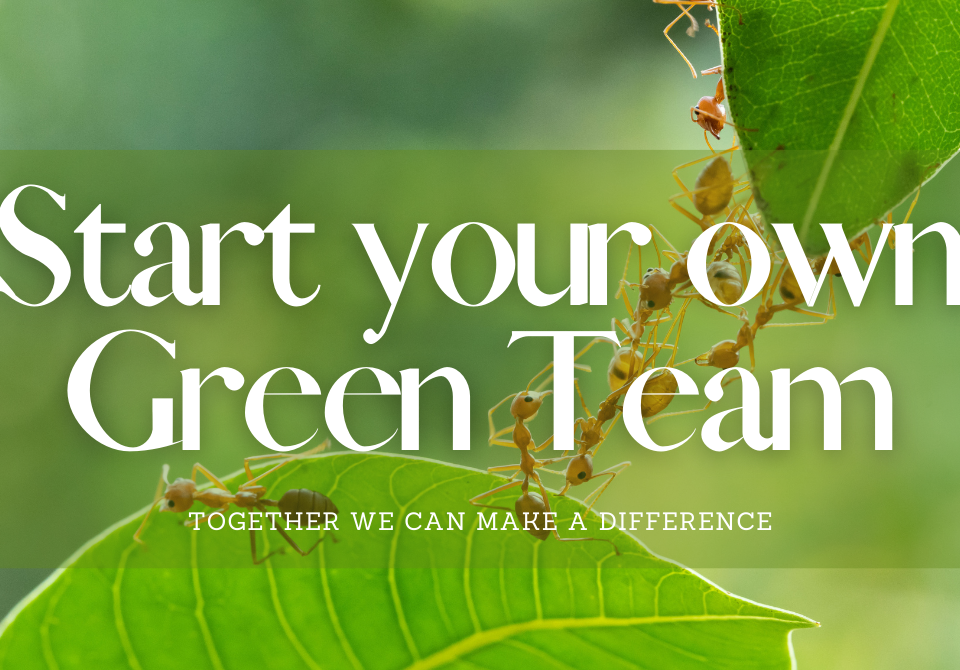TreesCharlotte Prepares our Urban Forests for Climate Change
Last Thursday, TreesCharlotte held our TreeMaster/TreeAmbassador training zoom. One of the attendees asked an important question that I’m excited to address.
“How is TreesCharlotte preparing for the increasing effects of climate change?”
As forceful fires sweep across the western United States, severe hurricanes become a growing concern on the east coast, and repeated record-breaking floods hit the Midwest, it is clear that climate change is no longer something that we can put in the back of our minds. The city of Charlotte is no exception to these rapidly approaching climatic threats.
Charlotte is getting warmer. A study by the Environmental Protection Agency found that North Carolina has increased its average temperature by half a degree (F) since the early 20th century. During the same period, rain frequency has become less consistent and more intense. Throughout the last century, North Carolina has experienced longer periods of drought followed by short, heavy rainstorms. This creates flooding in urban areas, which can stress plantlife. These climatic changes also create favorable conditions for harmful tree pests and diseases. Warmer temperatures generate higher survival and faster development for tree-destroying bark beetles, and heavy rainstorms can allow fungal diseases to thrive.
With all that is going on with climate change (not to mention a global pandemic), it’s okay to feel anxious about what the future holds. I certainly am. Climate change seems like something that is way above our pay grade—too great for us average Charlotteans to deal with… but that’s not true. By being a TreesCharlotte ally, you’re helping the Queen City adapt to and mitigate climate change.
Here’s How:
- We’re planting trees that can tolerate heat: Most of the trees that we offer at TreeStores and plant at our events can thrive in many regions across the United States. Since earth’s climate is warming, climate scientists agree that plant hardiness zones (areas that certain plant species can tolerate) will move northward. Charlotte, once in zone 7, is now closely approaching zone 8. Thankfully, we select trees that should still thrive even as Charlotte moves to higher plant hardiness zones in the decades to come. For example, Dogwoods, Magnolias, Gingko, Cedars, and Redbuds can all tolerate up to zone 9.

2. We’re planting trees that can tolerate more extreme weather: We also practice “right tree, right place,” which will give our trees the best chance of survival as climate change brings uncertain weather. We plant tree species that are flood-tolerant, such as bald cypress (pictured below) and river birch, in low-lying areas. We also work with our growers to offer tree cultivars that better resist certain pests or diseases that may worsen with climate change. Princeton Elm, for example, is somewhat resistant to Dutch elm disease that will be offered at our first TreeStore.

3. We’re planting a diversity of trees: Tree diversity is the best way to insure that pest and disease outbreaks won’t completely ravage the canopy. After all, if you plant only Ash trees and then Emerald ash borer wreaks havoc in your town, you’ll say goodbye to nearly all of your trees. TreeCharlotte selects from a list of over 60 different tree species to ensure tree diversity at every event.
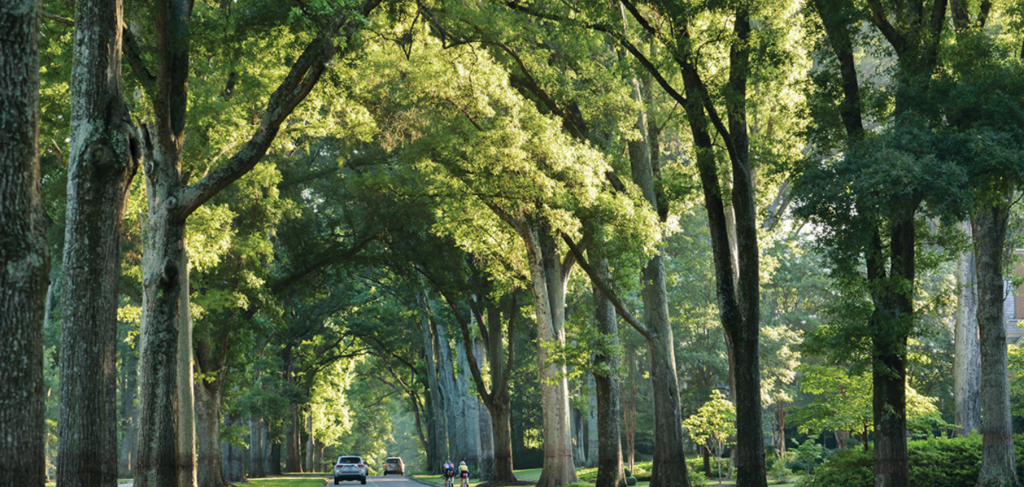
Not only do the trees we plant allow us to adapt to the effects of climate change, but the very act of planting trees is a simple way to mitigate climate change as well.
- Adult trees can absorb about 48 pounds of carbon dioxide each year.
- The yearly CO2 absorbed by half of an acre of mature trees can offset the CO2 emitted by one car’s average yearly mileage.
- Trees cool down large structures like office buildings and schools, which reduces the need for air conditioning by up to 30%. Not only does this save money, but it also reduces the burning of fossil fuels for electricity.
It’s 2020. Now is that time for major climate change action on all our parts. But of course, no one is perfect. So, if you’re anything like me and you regret driving to the Chipotle that was definitely a walkable distance or feel guilty for living in an area that you know was once forest— go plant more trees!!
If you want to learn more, I’ve linked some sources below to check out!
Climate Change in North Carolina: https://climate.ncsu.edu/edu/Impacts
https://19january2017snapshot.epa.gov/sites/production/files/2016-09/documents/climate-change-nc.pdf
Tree diversity and pests: https://phys.org/news/2019-03-tree-diversity-invading-forest-pests.html
Trees and CO2: http://urbanforestrynetwork.org/benefits/air%20quality.htm
